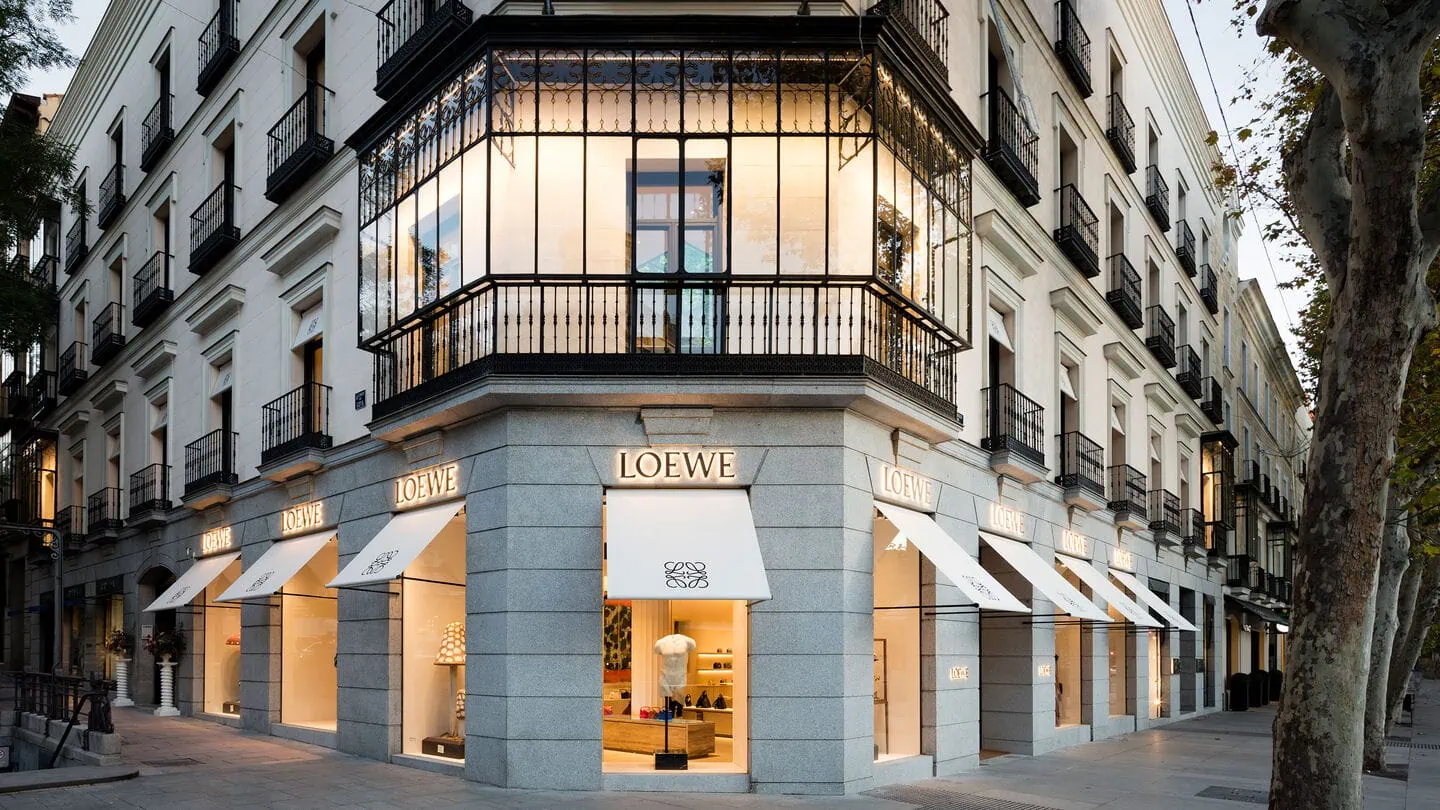Do you want to diversify your retirement account out of traditional investments? If so, you are not alone. Most employers’ 401(k) representatives only provide retirement plans with a limited menu of investments such as stocks, bonds, mutual funds and index funds. This is because they typically work with asset classes that allow investment advisors and brokers to charge fees and commissions. However, as the ultra wealthy often does, you can invest in a number of asset classes with your retirement fund. This article walks you through the major asset classes, then explains how to invest in real estate via your 401(k) plan or IRA. It focuses on purchasing Madrid property because this is an excellent way to diversify the country risk in your retirement account AND the Madrid real estate market is currently an extremely good market in which to invest.

The four major asset classes
When most people think of investment options, they tend to think of stocks and bonds. However, there are four major asset classes. To help mitigate your retirement portfolio’s risk, it should contain a combination of cash and cash equivalents, stocks, bonds and real assets.
Real assets
Real assets are tangible things, like property or barrels of oil. The most common types of real assets are property and commodities; global real estate is, by far, the most popular asset class. In 2022, the value of the global real estate market was $217 trillion. In fact, in 2022 global real estate was a more valuable asset class than all the stocks, shares and bonds combined. Investing in real estate has the added advantage that not only does it provide the opportunity for price appreciation, the properties can also provide substantial rental income. Furthermore, because rents often increase with cost of living, this can help investors combat inflation. This is a major advantage in today’s high inflation environment; US inflation in January, 2023 was 6.41%. This was much higher than the long term average of 3.28%.

Fixed income
These investments make fixed payments (income) on a principal investment, with the principal returned at a specified future date. The most common fixed income investments are bonds, but bonds aren’t the only type. For example, certificates of deposits are also considered fixed income investments.
As the name implies, the yield on fixed income assets is fixed. You can generally determine your expected return when you make the investment, but typically won’t make more than that. Because of this, they are on the safer end of the risk/reward spectrum, as long as you invest in bonds of entities you trust, like highly rated corporations (rated investment grade by a company such as S&P or Moody’s Investors Service) or US Treasury bonds. Because of their relative safety, fixed income investments account for a larger share of global investment than equities. In 2022, the global bond market accounted for $92.2 trillion in global investment.
Equities
Commonly known as stocks, equities are ownership shares of a company. There’s a wide variety of ways to own a portion of a company, from publicly traded shares to mutual funds to index funds. You can also investment in privately held companies. When a company appreciates in value, your share of the company is worth more, too. Returns from equity investing are similar to returns in real estate investing because they come in two ways – appreciation and dividend payments. Both of these are driven by the company’s earnings. However, it’s important to note that equity prices are subject to stock market fluctuations that can occur in response to things like rising interest rates, current events and even illogical investor expectations. In 2022, the global equity market capitalization was valued at $70.1 trillion.
Cash and cash equivalents
This asset class not only includes cash, but also short term money market accounts and saving accounts. The benefits of investing in cash are that it is considered the safest of the asset classes, and it’s the most liquid. The downside is that with low risk comes little to no return on your investment. If inflation is high (as it is now), you will effectively lose money as the real purchasing power of your cash diminishes.
The optimal portfolio balance
Although the ratio differs, based upon your risk tolerance, investment professionals recommend having a mix of all four asset classes in your investment portfolio. Since most people already have stocks, bonds and some cash in their retirement accounts, this article walks you through how to invest in real estate via your 410(k) plan or IRA. This is particularly interesting for US investors right now, given the historic lows of most equity forecasts.
How to invest in real estate via your 401(k) plan or IRA
If you want to diversify your portfolio into real estate, but all of your funds are trapped in your employer’s 401(k) or financial planner’s IRA until you are 59.5 years old, don’t worry. You can actually roll your funds into self-directed IRAs or 401(k) plan and use them to invest in real estate.
Step 1- Identify a custodian

First, you need to find a company that will help you set up your self-directed account. This is called a custodian, or trustee. Custodians are required for individual retirement account (IRA) arrangements to maintain tax-deferred or tax-free status. Since there are many different kinds of self-directed accounts (Traditional IRAs, Roth IRAs, 401(k) plans), a good custodian can help you identify which type of self-directed account is optimal for your real estate investment. They can also walk you through the types of investments that are allowed, and things that are not allowed. The most important restrictions on real estate investment via your self-directed IRA or 401(k) plan are:
- Neither you, nor your family members, can live in a property that you hold in your retirement vehicle.
- You can’t rent the property short-term.
- The IRS needs to see proceeds from the investment flowing back into your 401(k) each month. The best way to do this is to rent it yearly.
If you are investing in Madrid real estate (an excellent way to diversify your country risk in your IRA or 401(k)), a property management expert like Madrid Estate can help you lease the apartment on a yearly basis, manage the rental property for you and each month send the proceeds directly to your self-directed IRA or 410(k) plan.
Step 2- Set up a US LLC (optional, but recommended)
Assuming you want to invest in Madrid real estate, you need to figure out if you want to set up a pass through company in the US to buy your property. A pass though company is an entity such as an LLC or S-Corp that purchases the property for you. Setting up an LLC in the US is relatively easy, especially if you register it in an investment friendly state like Wyoming. Most people don’t know this, but Wyoming is arguably the best state in the US in which to incorporate. You can do the whole process in 24 hours for just a few hundred dollars. Although this step requires a little more paperwork, there is less risk of an IRS audit if you don’t skip this step.
Step 3- Figure out how to manage the property’s revenue stream
Figure out how you want to manage the revenue stream for your property. As mentioned above, the IRS requires you to rent the apartment long term (yearly) and deposit the rental income into your IRA or 401(k). We recommend you working with an experienced property manager, like Madrid Estate, to manage this process for you.

Step 4- Start the property search
This is the fun part: starting your apartment search! As Madrid Estate is a complete property search and management company, we can help you identify the perfect apartment for your retirement account. Since it will need to be rented long term, we can also help you find the best neighborhoods to attract long term renters. We offer a FREE CONSULTATION to answer your questions and get the process started.
Step 5- Start thinking about the currency exchange
If you are holding dollar denominated assets, you will need to figure out how to exchange them into euros. We recommend you start thinking about this early in the process so you and/or your investment advisor can watch the market and take advantage of days the US dollar is strong. We recommend using Wise if you want to get the best exchange rate. Wise allows you to have accounts in a number of different currencies. You can transfer money into your US dollar account, convert it into euros with one click in your Wise app and it will usually be exchanged into euros within a matter of minutes. NOTE: when you close on the property, you will need to draw the money from a Spanish bank account, so the final step here would be transferring it from Wise to your Spanish account, which our lawyers can help you open (see Step 6).

Step 6- Make an offer, perform due diligence and close on the property
Make an offer on the property. This will require a minimum of a 10% down payment to enter into a Contrato de Arras, which is a pre-contract. The good news is that if you work with a full service real estate agency like Madrid Estate, you don’t even need to come to Spain. We can arrange for you to give one of our highly trusted team of lawyers Power of Attorney and do everything for you: due diligence, setting up a Spanish company to purchase the property (this will save you up to 45% in taxes), opening a Spanish bank account, signing the closing documents and working with the Land Registry. CLICK HERE to arrange a FREE CONSULTATION with our Founder, Fabiana Garcia. Fabiana is an expat living in Madrid and an expert in all facets of the Madrid real estate market. She can give you the tailored advice you need to help you smoothly and successfully diversify your retirement account into real estate.
To learn more about converting currency and the process of purchasing a property in Madrid, we invite you to read our Guide to Currency Conversion and Buying a Property in Madrid and The Steps to investing in Madrid property
Step 7- Start enjoying your rental income!
Step 8- If you want to get EU residency for you and your family, you can do so if you purchase Madrid real estate for 500k euros or more.
Expert Tip: If you want to relocate to Europe, an excellent idea is to split your investment across two properties: one held in your IRA or 401(k), and another to live in that you own outright. As long as you invest at least 500k euros, you are eligible for a Golden Visa. It can be spread across more than one property.
Click here to learn more about Spain’s Golden Visa program: The Complete Guide to Spain’s Golden Visa





